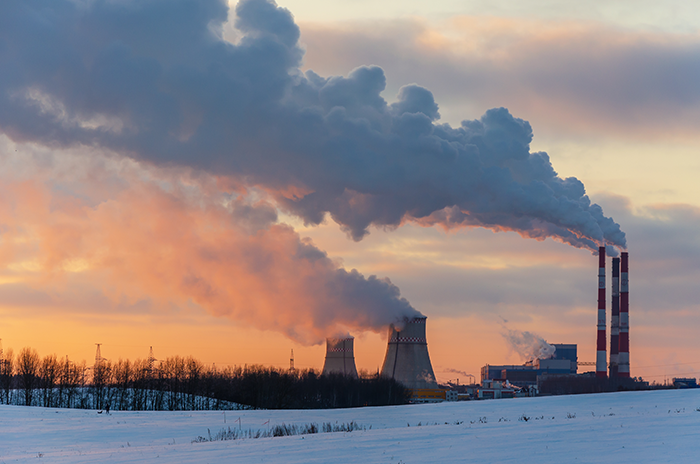Denmark Economic Snapshot
Economic Forecast Summary (November 2022)

Economic Outlook Note - Denmark
GDP growth is projected to slow to 0.1% in 2023, before recovering to 1.1% in 2024. High inflation and falling housing prices will erode household purchasing power. Weak activity in the main trading partners and rising costs will weigh on business investment and exports. Inflation is expected to recede from a year average of around 8% in 2022 to below 3% in 2024.
©Shutterstock/Karabin
Read full country noteEconomic Survey of Denmark (December 2021)
Denmark has been a frontrunner in cutting its greenhouse gas emissions through a rapid shift to renewable energy and has set an ambitious legal commitment to reduce emissions by 70% by 2030 and reach carbon neutrality by 2050. Achieving these targets would contribute to global efforts to control climate change, but the transition will have large macroeconomic consequences and entail significant financial risk. This makes it crucial to adopt a cost-effective, inclusive and comprehensive strategy to cut emissions.
Executive Summary
Presentation
Further reading
- Toward net zero emissions in Denmark, Blog post
- Overview of the Economic Survey of Denmark
- Press Release | Communiqué de presse
- Read the survey online | Lire l'étude en ligne (version abrégée)
- Previous surveys
Reform Priorities (April 2021)

Going for Growth 2021 - Denmark
Digital and green transitions require reducing barriers to mobility, such as inefficiencies in the housing market and weak competitive pressures in some markets. Improving education and integration of minorities would increase inclusion and the capacity of migrants to make the most of labour market opportunities.
©Shutterstock/Anton Petrus
Read full country note2021 Structural Reform Priorities
- Housing: Reduce distortions in the housing market
- Competition and regulation: Strengthen competition
- Tax system: Shift the tax structure towards immovable capital
- Education and skills and labour market: Improve integration of refugees and migrants
- Environmental policy: Address climate change cost-efficiently